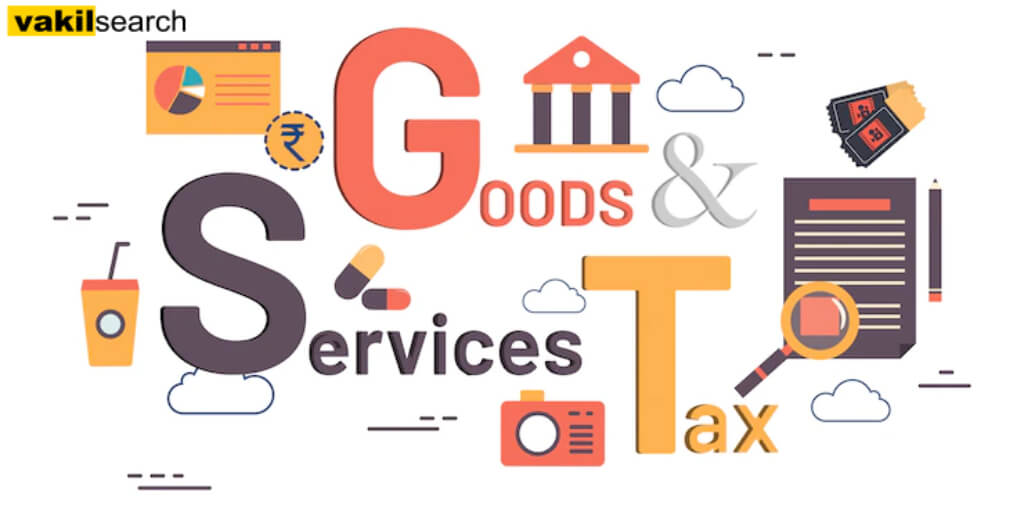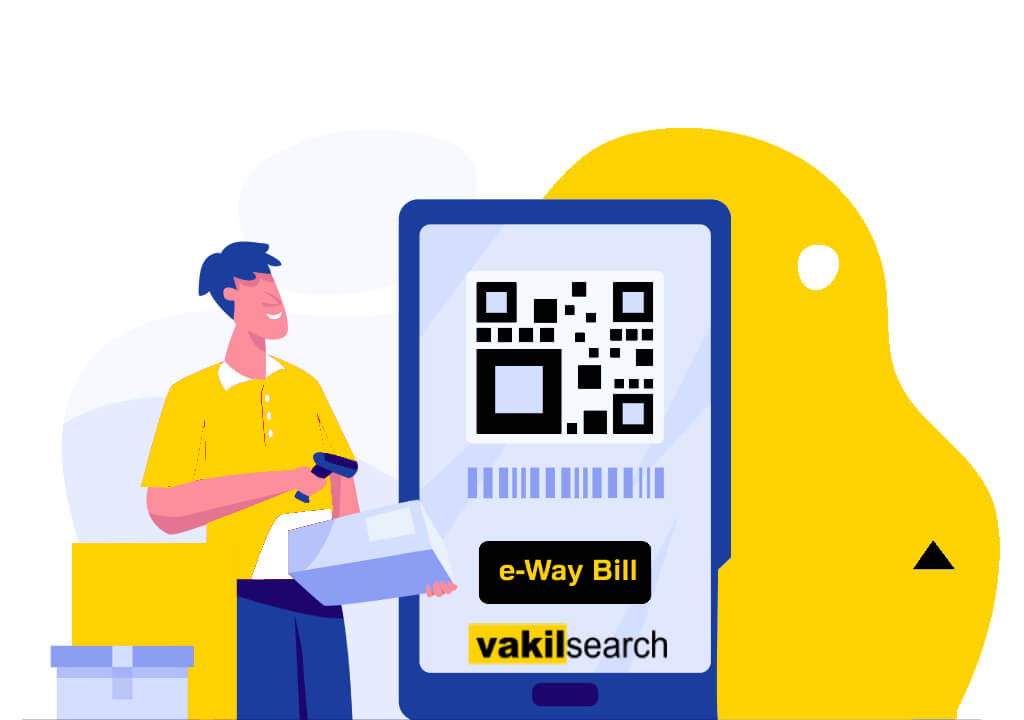Stay up-to-date with the latest GST update: Revised applicability of e-invoicing. Simplify compliance and streamline invoicing processes
Introduction
The e-invoicing system under GST was implemented from 1st October 2020 for taxpayers with an aggregate turnover exceeding Rs.500 crore for B2B transactions . E-invoicing was extended to such businesses with an aggregate turnover exceeding Rs.100 crore from 1st January 2021. This was again revised to companies having a turnover of Rs 50 crore from April 1, 2021.11
What is e-invoicing in GST?
E-invoicing, or electronic invoicing, is a digital document that is exchanged between a supplier and a buyer and validated by the government tax portal.
E-invoicing, also known as electronic invoicing, is a system that involves the authentication of B2B invoices, debit notes, and credit notes electronically by the Goods and Services Tax Network (GSTN). The objective of e-invoicing is to facilitate a seamless invoicing process and improve tax compliance.
Applicability of e-invoicing under GST
E-invoicing is mandatory for businesses with an annual turnover exceeding Rs.5 crore from 1st August 2023. The e-invoicing system was introduced under the Goods and Services Tax (GST) law and applies to certain taxpayers registered under the GST law in phases
Key Features of e-Invoicing
- Invoice Reference Number (IRN): Every invoice uploaded on the Invoice Registration Portal (IRP) by the taxpayer will be assigned a unique identification number called the Invoice Reference Number (IRN). This number helps in tracking and verifying invoices.
- Real-time Data Transfer: Upon uploading the invoice on the IRP, the invoice information is transferred in real-time to both the GST portal and the e-way bill portal. This ensures that relevant data is available across platforms for compliance and reporting purposes.
- Phased Implementation Approach:The implementation of e-invoicing has been carried out in a phased manner, considering the turnover of the taxpayer. The CBIC has set specific turnover criteria and effective dates for the mandatory implementation of e-invoicing. Let’s take a look at the timeline:
New Date of Mandatory Implementation of E-invoice
| Effective Date | Turnover Threshold (INR) |
| October 1, 2020 | Exceeding ₹500 crores |
| January 1, 2021 | Exceeding ₹100 crores |
| April 1, 2021 | Exceeding ₹50 crores |
| April 1, 2022 | Exceeding ₹20 crores |
| October 1, 2022 | Exceeding ₹10 crores |
| August 1, 2023 | Exceeding ₹5 crores |
How is the GST e-invoice system better than the current system?
The GST e-invoice system allows for real-time tracking of invoices prepared by a supplier, which allows for faster availability of input tax credit. The main aim of the tax department is to enable the pre-population of GST returns, which will reduce reconciliation-related problems. Once e-Invoicing has been implemented, the data in the invoices can be pre-populated into the relevant tables of the tax returns without the need for fresh data entry
Process of getting an e-invoice under GST
The flow of a GST e-invoice system has two parts: communication between the business and the Invoice Registration Portal (IRP) and interaction between the IRP, the GST/ e-Way Bill systems, and the buyer. Generating an e-invoice involves creating an invoice, registering it with the Invoice Registration Portal (IRP), and obtaining an Invoice Reference Number (IRN) and a QR code. After completing the online GST registration, businesses can manage their tax liabilities more efficiently through the GST portal.
Mandatory fields for e-invoicing in GST
The mandatory fields for e-invoicing in GST include the supplier’s GSTIN, invoice number, invoice date, recipient’s GSTIN, item details such as description, quantity, and value, and HSN code.
Impact of the Recent CBIC Notification
With the issuance of the CBIC notification on May 10, 2023, businesses across India need to adapt to the new turnover threshold of ₹5 crores for mandatory e-invoicing. Starting from August 01, 2023, all taxpayers whose aggregate turnover exceeds ₹5 crores will be required to prepare e-invoices bearing IRN for their B2B supplies.
Benefits of e-Invoicing
- Reduced Errors and Discrepancies: E-invoicing minimizes manual errors by automating the invoice generation process. This ensures accuracy and reduces the chances of discrepancies.
- Streamlined Compliance: By integrating invoicing with the GST and e-way bill portals, e-invoicing simplifies compliance requirements. It reduces the burden of manual data entry and enables seamless reporting to tax authorities.
- Faster Payment Processing: E-invoices are generated and transmitted electronically, leading to faster processing and payment cycles. This improves cash flow management for businesses.
- Enhanced Data Visibility: Real-time data transfer enables businesses and tax authorities to access accurate and up-to-date information, enhancing transparency and reducing the scope for tax evasion.
Benefits of e-invoicing in GST for businesses
E-invoicing can help bridge the gap in data reconciliation to reduce mismatch errors and data entry errors. It also allows for real-time tracking of invoices prepared by a supplier, which allows for faster availability of input tax credit. The system can identify fake invoices by matching the input tax credit to output tax on the GSTN portal, preventing tax crimes
Conclusion
The CBIC’s recent notification to reduce the turnover threshold for e-invoicing from ₹10 crores to ₹5 crores signifies a continued effort to digitise and streamline the taxation process in India. While this change may require businesses to adapt their invoicing practices, the benefits of e-invoicing in terms of reduced errors, streamlined compliance, faster payment processing, and enhanced data visibility make it a valuable development for the overall efficiency of the taxation system. It is crucial for businesses to stay updated with such regulatory changes and embrace the digital transformation for sustained growth and compliance in the evolving business landscape.
FAQs:
What is the penalty for no Einvoice?
The penalty for non-issuance of invoice is 100% of the tax due or INR 10,000 (whichever is higher) for each instance of non-compliance.
What is the minimum limit for e-invoicing?
According to a notification issued by the Finance Ministry, businesses with a turnover of 5 crore or more will be required to use e-invoicing beginning August 1, 2023, up from the current threshold of 10 crore.
What is the minimum purchase for GST?
There is no specific minimum purchase requirement for GST registration. Vakilsearch can help businesses understand GST regulations and assist with the registration process, regardless of their purchase volume.










